How Pilates can help you recover after Covid-19
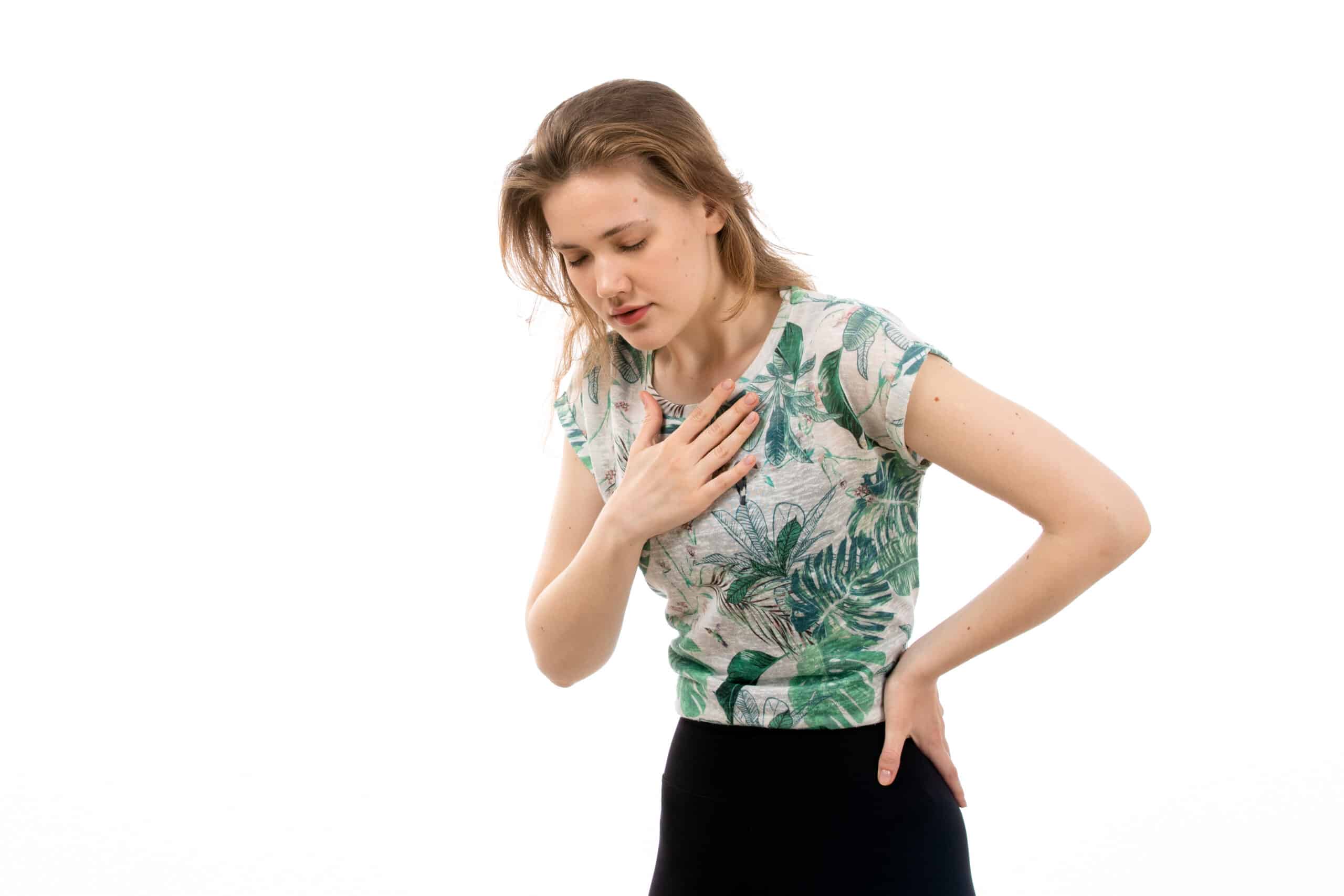
Resuming regular functions post any ailment is a challenge. It is even more so with Covid-19. Apart from the physiological effects it has on our body, the psychological effect due to the fear and paranoia around the disease, makes it a lot tougher. However, there is light at the end of the tunnel. Here is looking at how Pilates can be a part of your road to recovery.
The first thing we need to remember is that the process of recovery is different for every person and not necessarily a linear process. Depending on the severity of the infection there can be damage to the lungs and other organs in Covid. Everyone experiences the disease differently, but fatigue is a common symptom that persists for a few weeks after other symptoms are resolved. Most people are not sure how to get back to physical activities. How much is too much? How much is enough?
Studies have recommended a 4-point scale to differentiate phases of activities. There needs to be a gradual progression in physical activities. Easing into exercises is beneficial and setting up a fitness routine will stave off potential side effects related to inactivity post-covid eg. Blood clot. However, if you have other co-morbidities and a history of cardiac problems, further medical examination is required.
NOTE: Kindly consult your doctor before resuming any physical activities.
Phase 1:
The goal of phase 1 is to prepare for a return to exercise. Here the focus can be on breathing exercises and gentle mobility work. In Pilates, we always begin with movement principles and connecting into the key elements before progressing to whole-body movements. Breathing is very important in the Pilates routine. We concentrate not just on inhalation but also on the conscious effort to completely exhale, emptying the lungs of the stale air and allowing fresh air to rush in. Breathing with attention and intention helps center us, thus calming the mind and reducing stress. Specifically focus on rib and chest exercise is important as many have lost the ability to use respiratory muscles fully. The more you expand your lungs, the more progress you make.
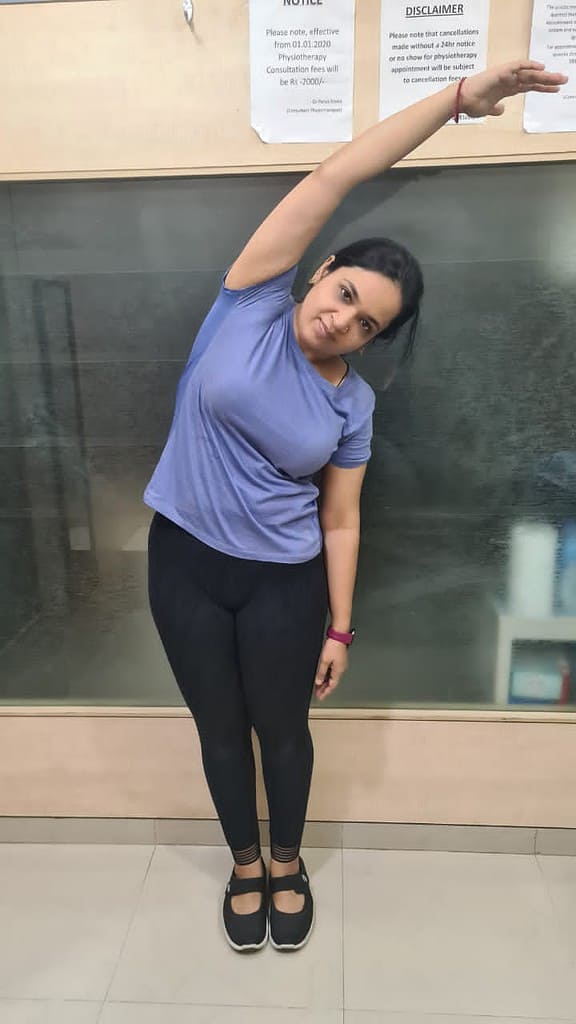
Phase 2:
After a week or two, the next phase should concentrate on light cardiovascular activities and flexibility. Walks can be incorporated for cardio. Pilates, being a gentle yet effective form of exercise, can help with mobility and flexibility. We work in a controlled environment using Pilates equipment and props, which makes it safe for the clients. Additionally, we can alter the exercise to the level of fitness of the individual.
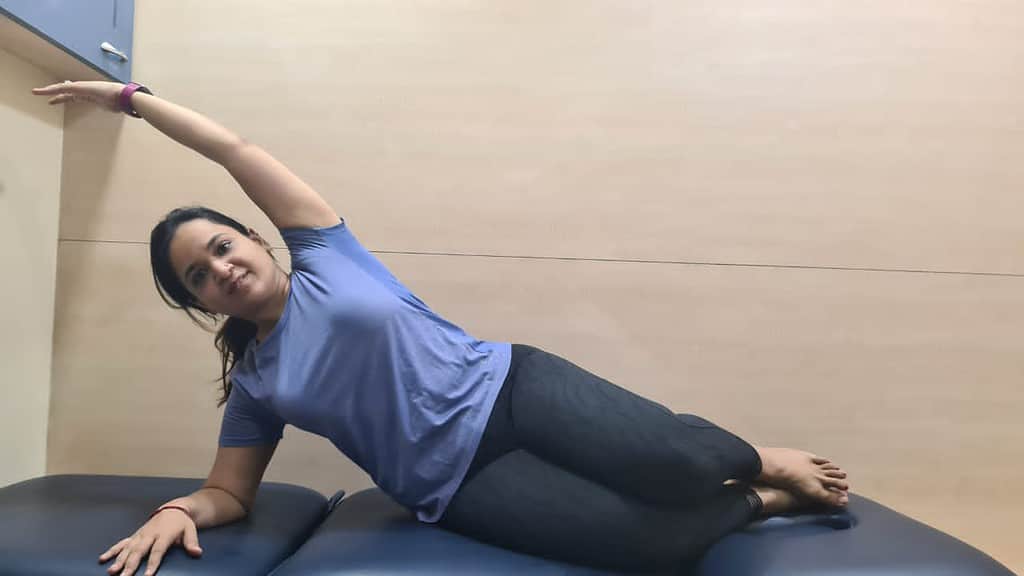
Phase 3:
If the client is doing well and feeling stronger with mobility and flexibility work, we can progress to the next phase of moderate-intensity movements with a strength challenge. The reformer and the chair, as well as other Pilates props, help us to gradually build up the resistance being worked on by the client. So, at this stage, we can work on balance challenges and core strengthening exercises.
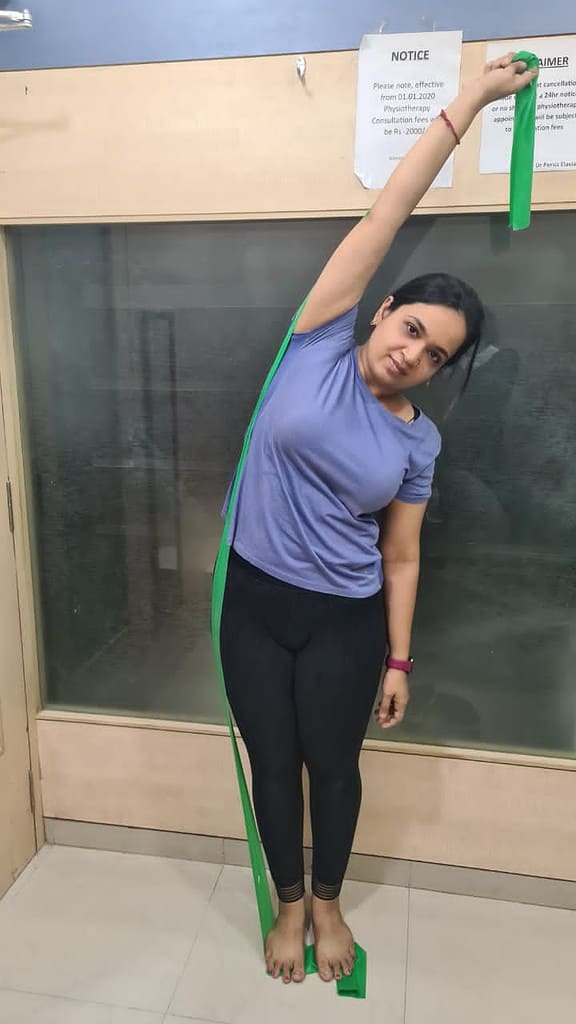
Phase 4:
Once the client starts feeling confident, we can increase the pace, add coordination and functional movements to help the client get back to their routine. If the vital signs like the heart rate, spo2(oxygen saturation), blood pressure, etc. are back to what they were and there is no acute/chronic condition, they can start their prior level of activity.
Although these phases are important for post-covid recovery, in Pilates we always build up the level of exercises for clients gradually. Pilates is recommended for rehab and recovery as it works from the core, inside out.
Having said all of this, take your time. Listen to your body and connect into your breathing. Don’t push yourself when you are still recovering from a major ailment like Covid-19. Most importantly, we need to remember that physical exercise, be it Pilates, walking, running or a sport, is not just to burn fat and work on our body, but also our mind. It helps us relax and feel motivated. If the only progress you make after the first class is that you feel like getting out of bed and feel happy, that is great progress on this journey of recovery.
If you know anyone who is recovering from Covid and would benefit from our Pilates classes, let us know.
Written with Devarshi Susania.
